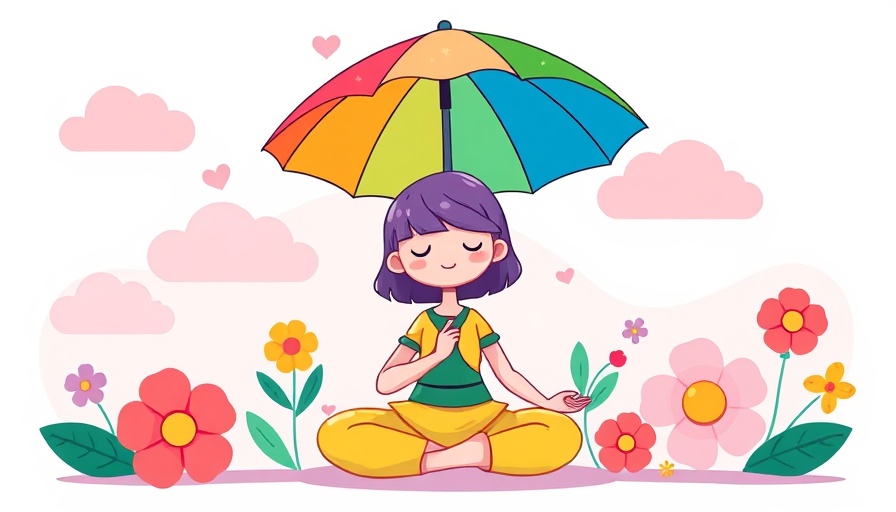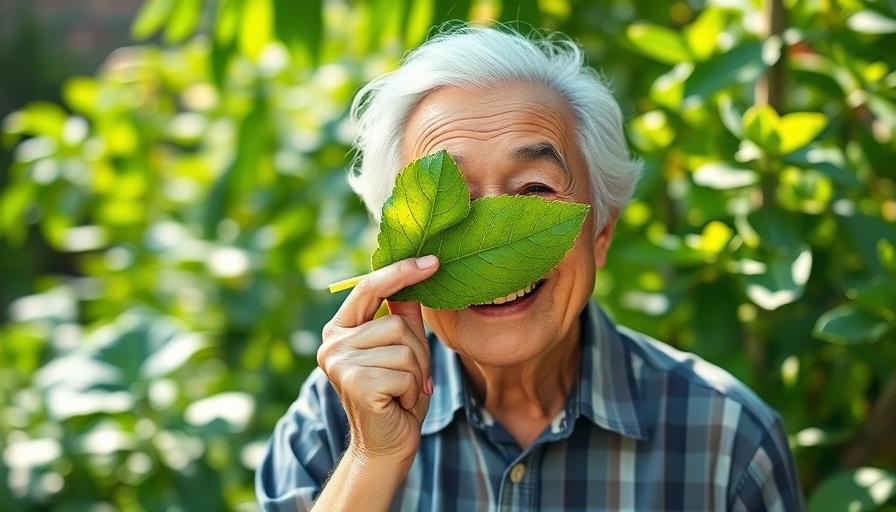
Empathy in Care: The Essential Role of Generosity
When supporting a loved one with dementia, embracing empathy becomes an act of spiritual generosity. Caregiving transcends mere task management; it evolves into a pathway of profound connection. As Lyle Weinstein elucidates, protecting those affected by dementia from fear is the essence of this journey. Providing safety—a true refuge—allows caregivers to extend a level of presence and support that resonates deeply.
Understanding the Experience of Dementia
Dementia can create a reality so distant from our own that it feels surreal. To grasp this reality requires an introspective approach, a testament to how caregivers can bond with their loved ones. Imagine your world slowly fading, the recognition of familiar faces fleeting, and the simple joy of conversation becoming a struggle. This understanding lays the foundation for how we choose to communicate—it’s less about what is said and more about how we convey love and warmth.
Practical Tips: How to Communicate Effectively
Communication with individuals suffering from dementia requires thoughtful adaptations. By utilizing simple sentences and calm, steady tones, caregivers can pave a way toward reducing anxiety. Maintaining eye contact instills a sense of safety, ensuring that these exchanges are not only functional but also fortified with tenderness.
Beyond Words: The Meaning of Safe Spaces
Creating an environment where your loved one feels safe takes on many forms. It can be as simple as turning off harsh lights, maintaining familiar routines, or even playing soft music. Each element combines to build a sanctuary that helps mitigate the fear that often accompanies dementia. Drawing from eastern practices, the Zen principle of simplicity emphasizes the value of a calm and harmonious home.
The Importance of Presence
Being present is perhaps the most underrated yet powerful tool in caregiving. Sitting quietly with your loved one—holding their hand, or engaging in gentle activities—can transcend the need for words. This presence offers more than companionship; it conveys a message that they are not alone, creating a powerful bond amid the chaos of forgotten memories.
Inspiration Through Challenge: What Caregiving Teaches Us
The path of caregiving, though filled with challenges, serves as a journey of spiritual growth. Caregivers are consistently reminded of the impermanence of life, sharpening the focus on connection and love over everyday trivialities. It further encourages a practice of mindfulness, urging us all to appreciate the present.
As we bring this conversation to a close, it is essential to recognize that supporting a loved one with dementia is not only about care; it is about deepening our understanding of compassion and presence. Every moment spent with them becomes an opportunity to create sanctuary—both for them and for ourselves.
Please consider sharing your thoughts on how you have supported loved ones during challenging times. Your experiences could inspire others on this journey.
 Add Row
Add Row  Add
Add 




Write A Comment